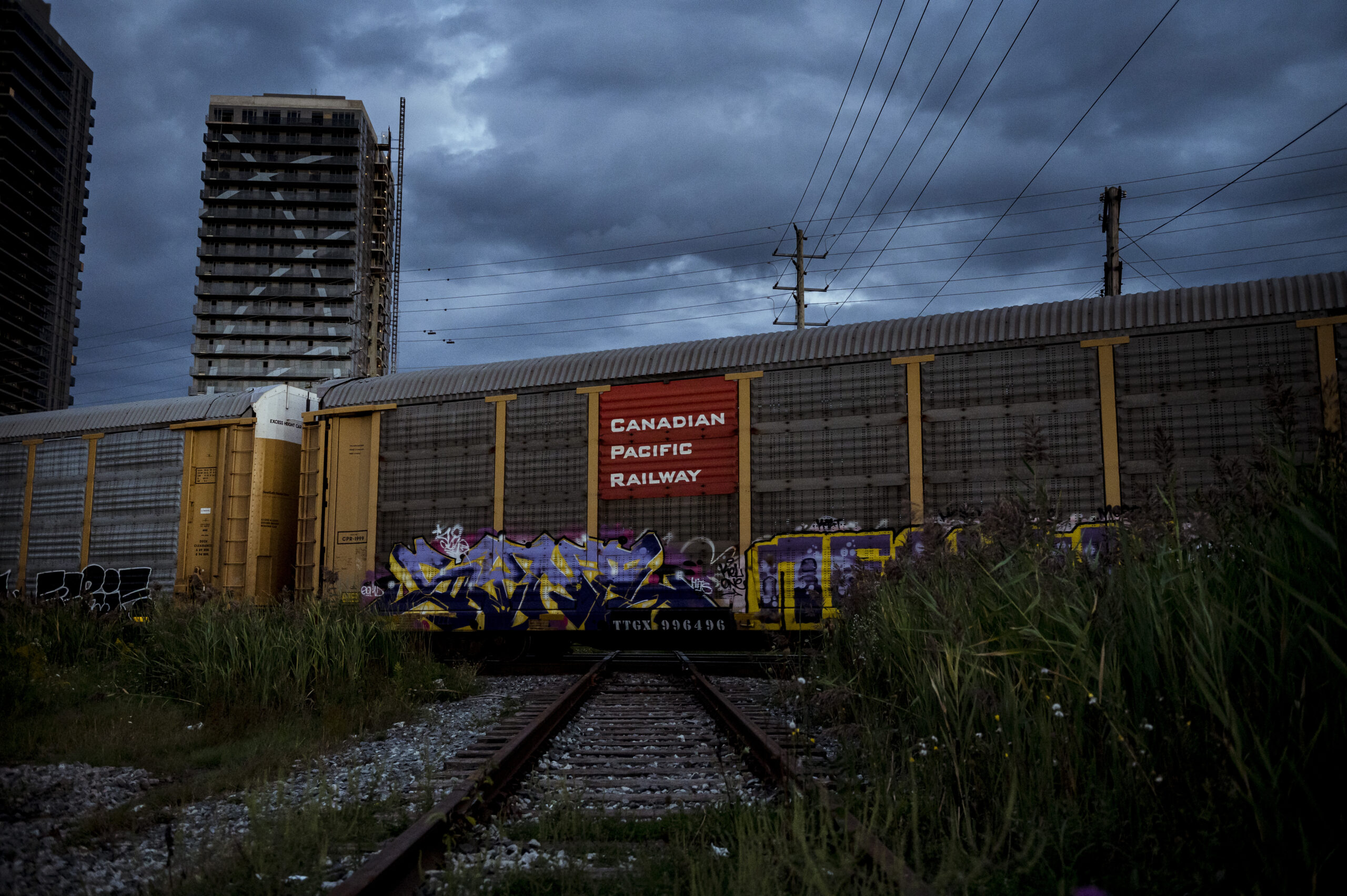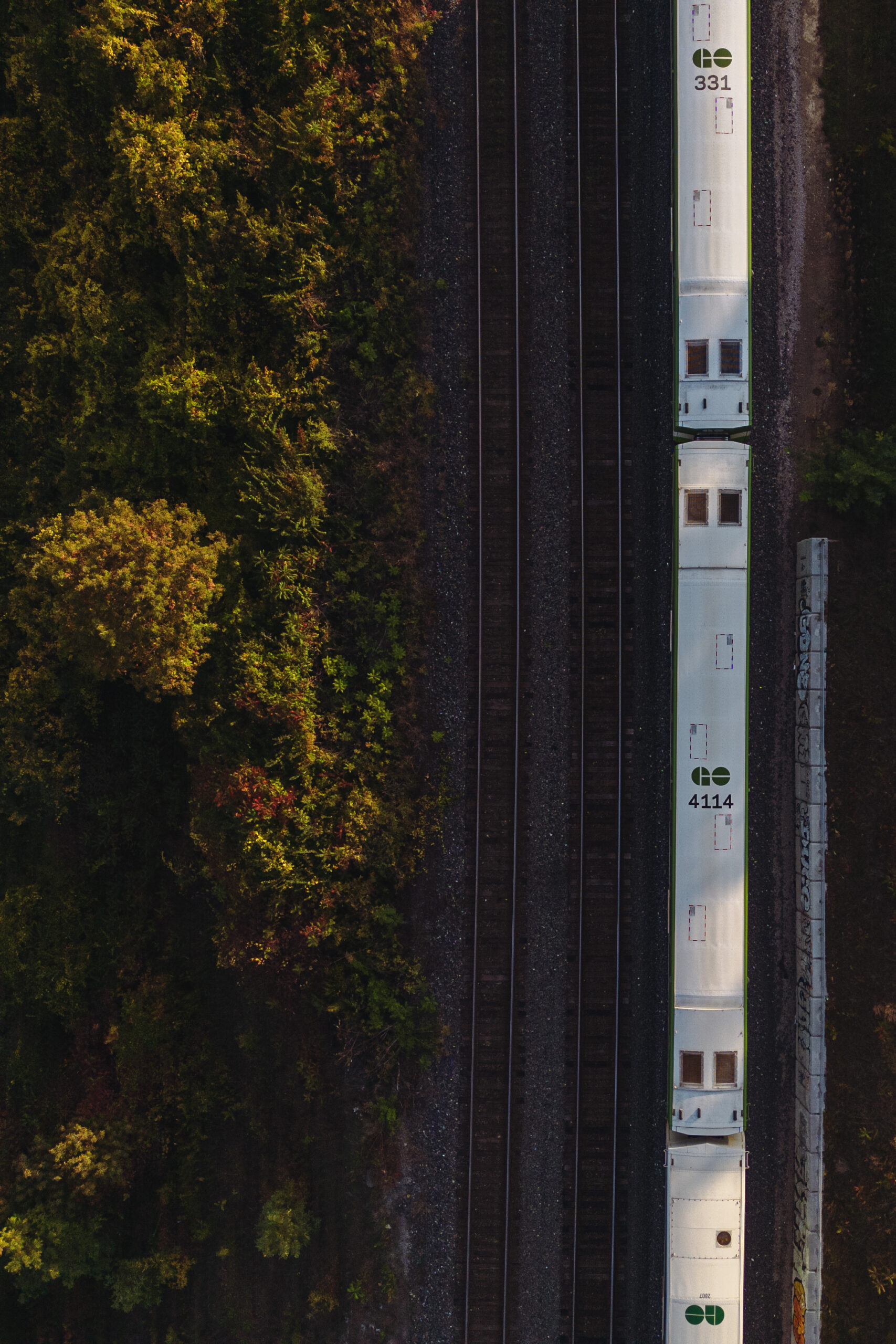
Water determines the Great Lakes Region’s economic future
Climate change, geopolitics and business opportunities power a blue economy
The rail line between Milton and Toronto is one of the fastest-growing public transit corridors in Ontario — and seemingly among the most neglected.
This is the fourth-busiest line in the GO Transit network — used by 7,500 people daily to get to and from work, and projected to have 94,000 daily riders by 2041. But despite repeated promises over the past decade from politicians across all levels of government to deliver all-day service connecting Toronto to the fast-growing cities directly west of it, including Mississauga and Milton, Metrolinx GO trains run for just three hours every morning and afternoon, and only on weekdays.
If you’re lucky these journeys will be smooth. But in Ontario, commuting on public transit rarely is.
In the decade that I’ve used it, my commute on the Milton Line has been disrupted by track and train malfunctions due to weather, random technical glitches or for reasons unknown. And then there are the countless times the trains stop for however long is needed to let the big freight trains pass first.
While Metrolinx owns 80 per cent of the GO rail tracks it operates on, 20 per cent are still owned and operated by Canadian National Railway and Canadian Pacific Kansas City. On these lines, moving goods is prioritized over moving people.
Compare this to European rail systems where 80 per cent of rail transportation serves passengers and 20 per cent carries freight.

The consequences of the Canadian rail hierarchy were frustratingly evident this past week when all trains on the Milton and Hamilton lines were cancelled for four days because 9,300 unionized rail workers across the country were locked out over bitter contract negotiations. Canadian Pacific workers responded immediately by striking, and Canadian National employees planned to follow suit. In total, around 50,000 commuters were unable to get to work across Ontario, Quebec and British Columbia.
When I can’t take the Milton line, I have three options. I can drive much farther away to take the Lakeshore line. I can’t take a GO bus at all hours of the day because the post-pandemic offerings have been reduced drastically at the transit hubs closest to me. I could take local transit, but that would require two buses and a long subway ride. Or I could drive.
My alternative travel options are deeply imperfect. They also cost more (gas prices, sigh) and are less environmentally friendly. Taking a bus or driving means doubling the amount of time the trip takes, suffering in congestion.
A 2014 University of California study estimated transit strikes increase highway traffic and congestion by 47 per cent. At a time when we need to get cars off the road and prioritize a reduction in pollution, such disruptions take us backwards.
Plus, driving and sitting in congestion creates harmful pollution that warms the planet.
But what choices are we left with when governments consistently fail to invest and strengthen public transit in this country? Rail service hasn’t kept pace with a growing population that needs cheap, efficient, sustainable ways to get to work at a time when owning a car and affording fuel is getting more and more challenging.
“The labour dispute is yet another example of how transit is not a priority for governments,” Josipa Petrunic, president and CEO of the non-profit Canadian Urban Transit Research and Innovation Consortium, told me.
There are “low-hanging fruit” solutions that have been on the table for years, she said. For a decade, Oxford County, Ont., has been pushing for track diversions that allow passenger trains to bypass freight traffic and consistent bottleneck points. Advocates have been arguing for years for rapid bus transit that allows commuters to bypass congestion and travel at greater speeds, perhaps on less-used toll roads like Highway 407.
“Two hundred years ago, the railway lines were built on the taxpayers’ dime. Unfortunately it is privately owned and has no public obligation.”
Josipa Petrunic, president and CEO, Canadian Urban Transit Research and Innovation Consortium
And then there’s a solution that has been in place in the United States for 50 years. By law, the federally owned passenger rail service, Amtrak, has a right of way on rail lines owned by private rail companies. Freight companies can be fined if they disrupt the movement of Amtrak trains — a rule that applies to Canadian National Railway and Canadian Pacific Kansas City in the U.S. But while the law prioritizes public transit on paper, in practice, Amtrak says freight companies ignore the law and the federal government has only enforced it once.
In Canada, no such law exists. NDP MP Taylor Bachrach tabled one earlier this year but it hasn’t progressed through the parliamentary process. VIA Rail asked the federal government for right-of-way over freight trains last fall. Then-transportation minister Omar Alghabra told the Toronto Star he wants to “really dig deeper” on the idea, but not much more has been done.
A law like this could incentivize private companies to keep the tracks open. And in the event of a labour dispute, the companies would be obligated to make sure passenger trains can run while negotiations continue, or pay up.

“We can’t undo the fact that there is no other track. And there’s no magic wand to build new tracks across the country tomorrow,” Petrunic said. “There’s just a complete lack of strategic thinking.”
If Canada implemented a passenger-centric right of way, it would create a system where private rail companies’ ability to profit would be codependent on our ability to move people. And commuters wouldn’t be forced to take a side in a private sector labour dispute: workers rights shouldn’t conflict with your own ability to get to work. But that’s where we’re at.
To get people back on trains, the federal government used the economic plight of holding back goods to force the rail lines to open.
But if moving freight is good for Canadians, so is moving people.
“We’re in a population and congestion crisis in this province,” Petrunic said. “Two hundred years ago, the railway lines were built on the taxpayers’ dime. Unfortunately it is privately owned and has no public obligation.”
On Monday, when the strike ended, a friend took the Milton line again. And of course, their train was delayed by eight minutes, waiting for a freight train to pass.
Get the inside scoop on The Narwhal’s environment and climate reporting by signing up for our free newsletter. On a warm September evening nearly 15...
Continue reading
Climate change, geopolitics and business opportunities power a blue economy

10 billion litres of sewage are dumped into Winnipeg’s lakes and rivers each year. Some...

Court sides with Xatśūll First Nation, temporarily halting Mount Polley mine waste expansion
